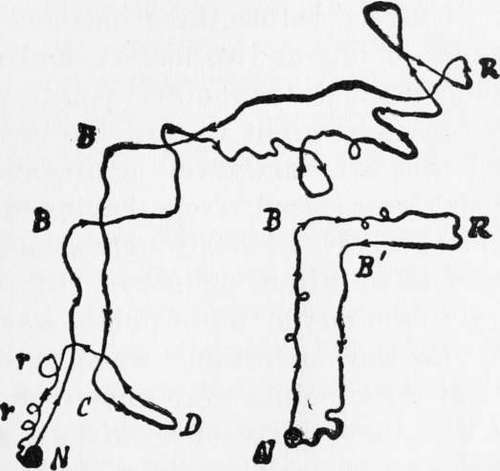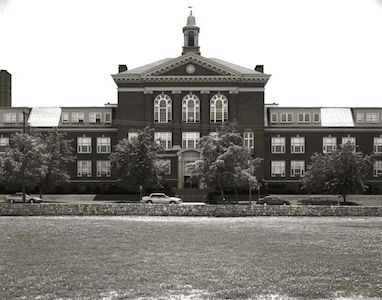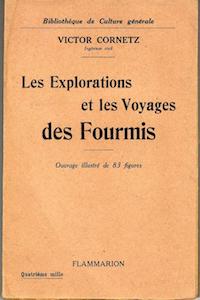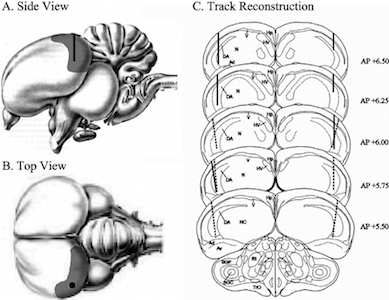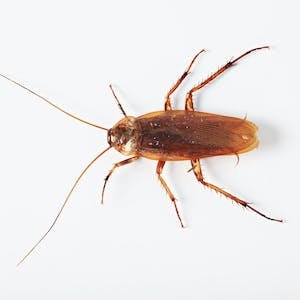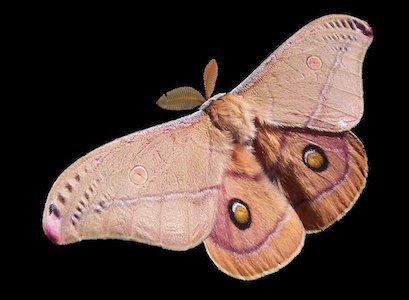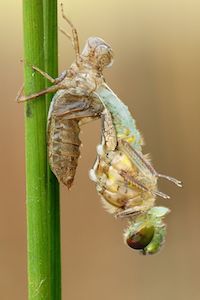ZOOLOGY
This culture landmark provides a general overview of Charles Henry Turner, an African-American zoologist who made groundbreaking discoveries in animal behaviour.
NOTE: hover over words in blue for additional information
Charles Henry Turner
Charles Henry Turner was an African American scientist interested in the comparative analysis of behavior. He made fundamental contributions in the areas of vertebrate and invertebrate morphology, naturalistic observation, apparatus design, death feigning, and invertebrate learning. He was an early leader in the civil rights movement, contributing several seminal papers on race relations.
Turner received the majority of his education in Cincinnati, Ohio. He earned both his BS and MS degrees in 1891 and 1892, respectively, under the direction of his mentor Clarence L. Herrick of the University of Cincinnati. Turner earned his PhD in zoology, magna cum laude, at the University of Chicago in 1907.
Turner became a science teacher at Sumner High School in St. Louis, Missouri, in 1908, where he remained until his retirement precipitated by illness in 1922.
He died of myocarditis in the home of the younger of his two sons in 1923.
PEOPLE

Charles Henry Turner (1867-1923).
Image from britannica.com.
